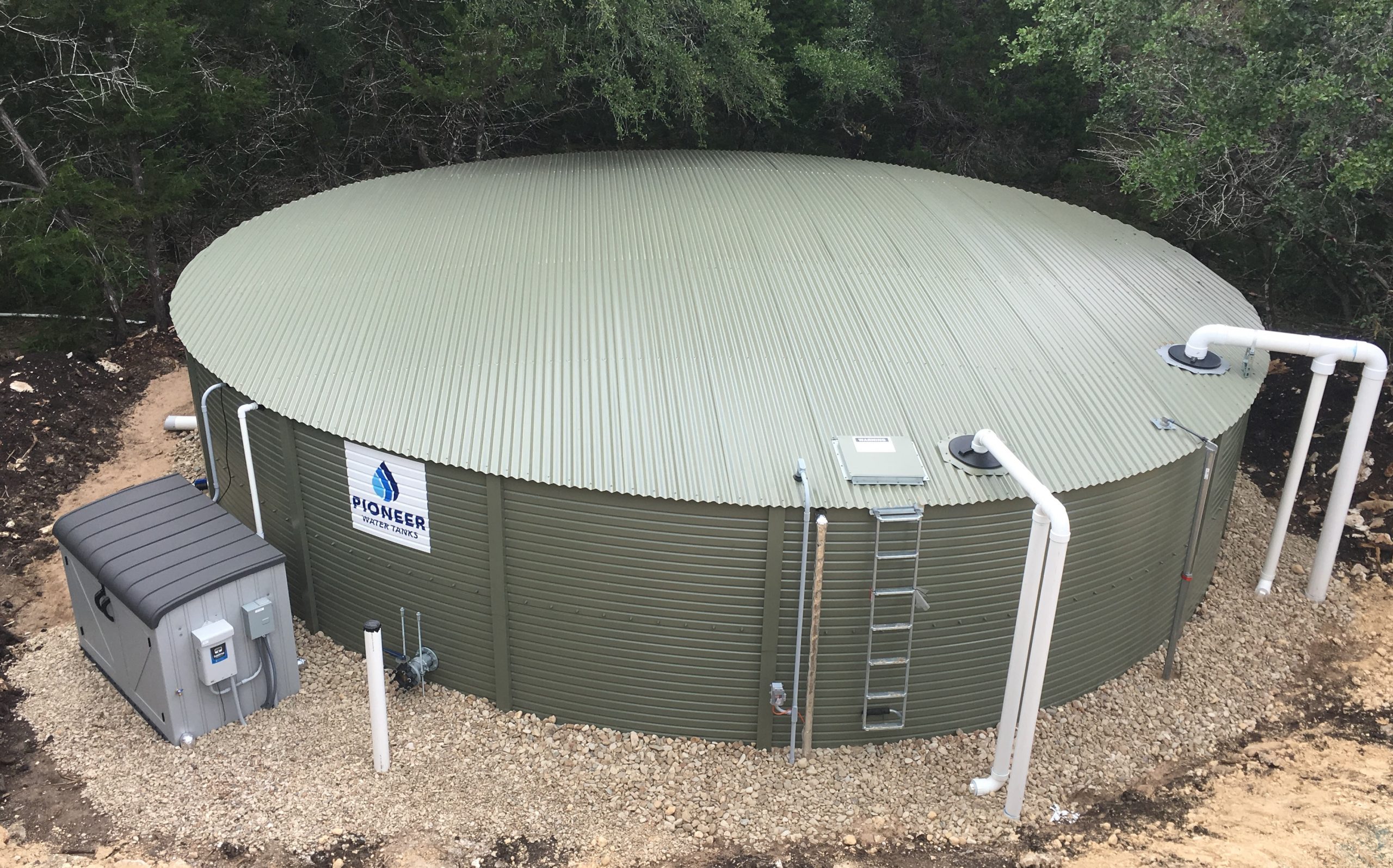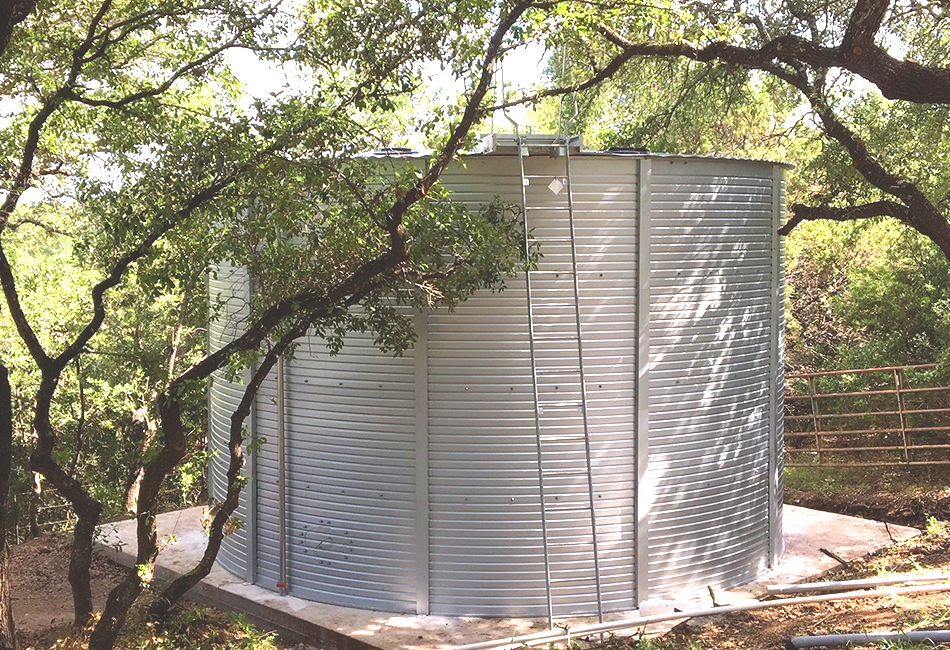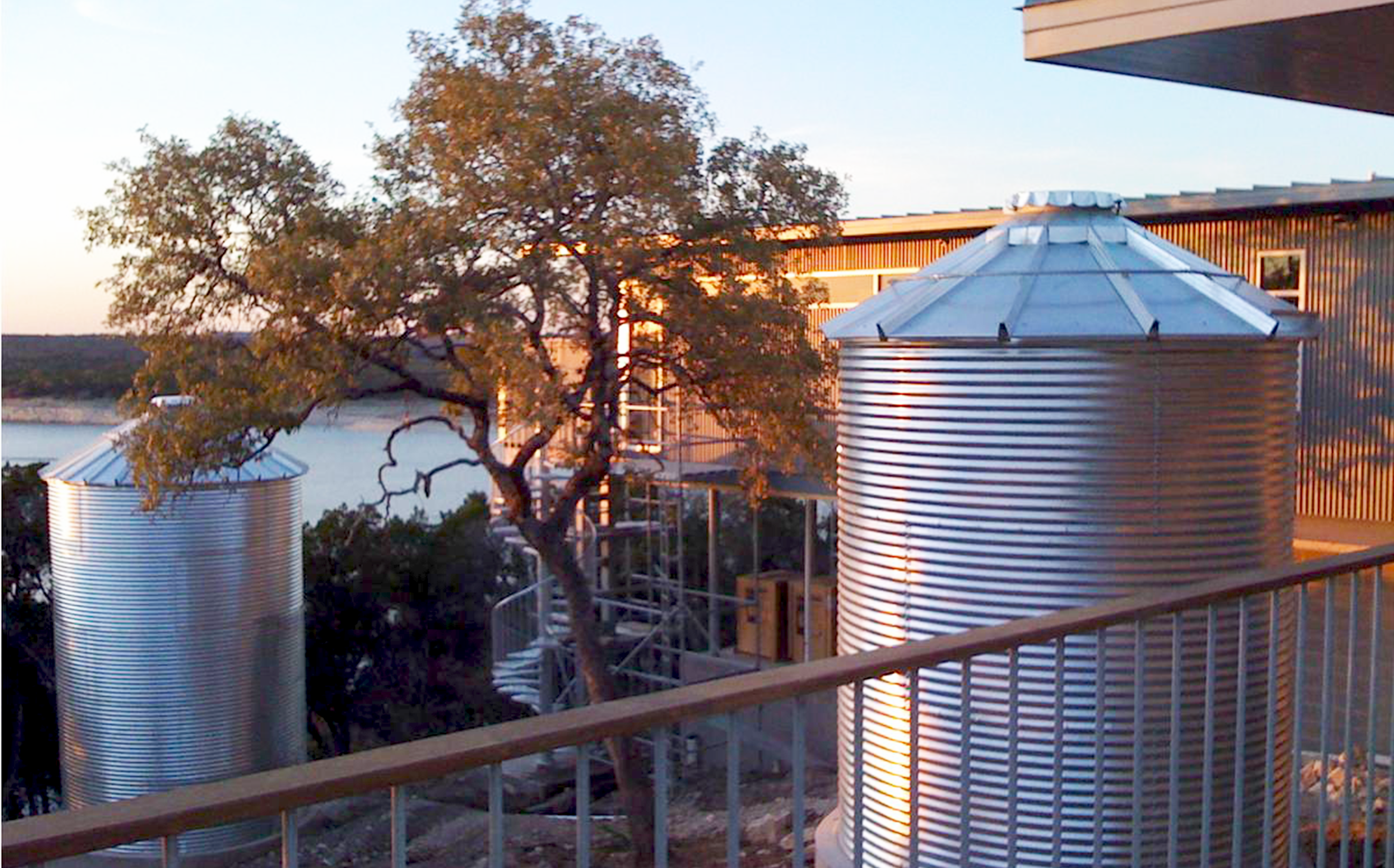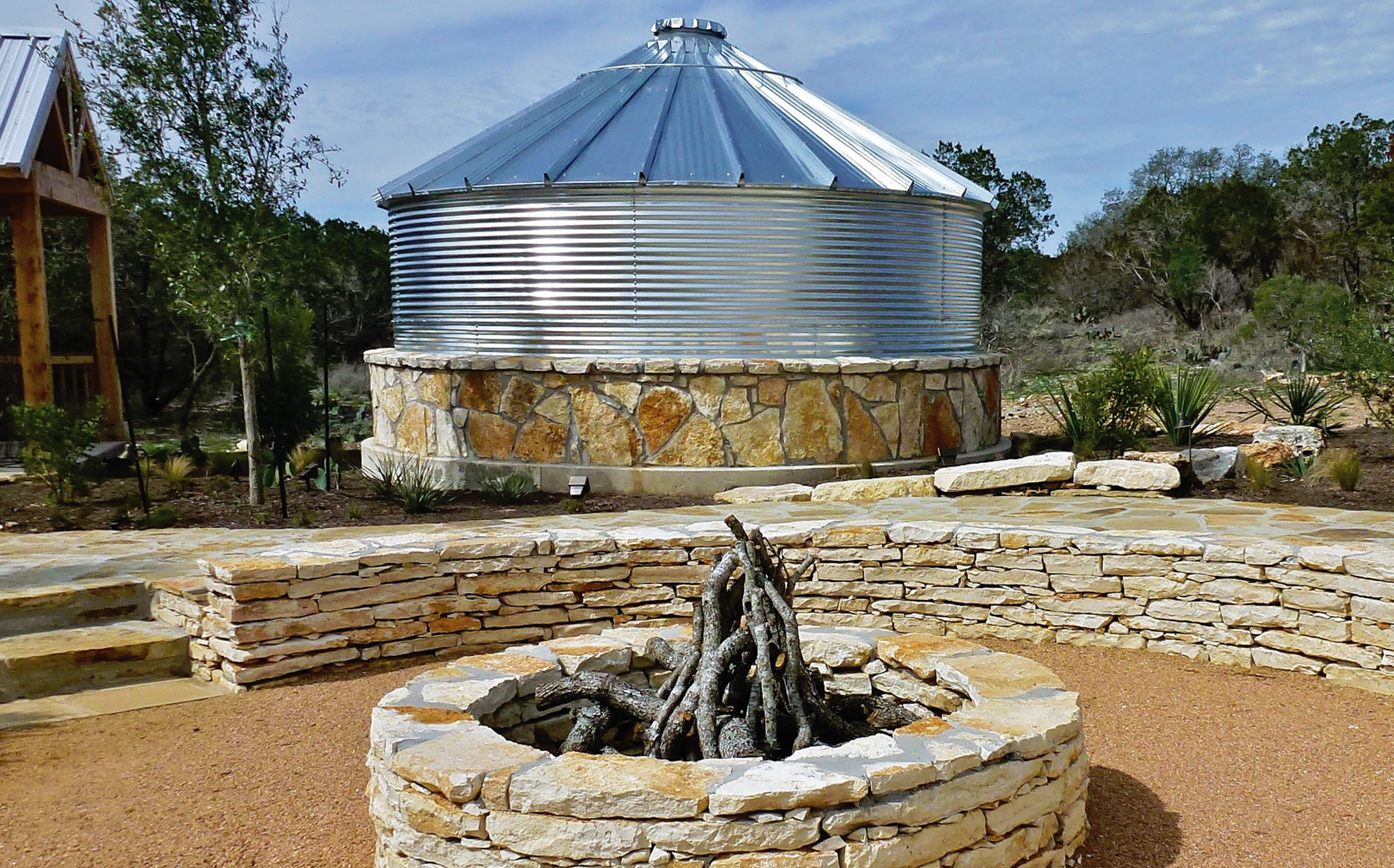Rainwater Collection
Gaining in popularity, the practice of harvesting or collecting rainwater has been around for thousands of years.
What is Rainwater Collection?
From a very simplified approach, rainfall is gathered from a collection area (generally a roof) into a storage unit and used for a nonpotable or potable purpose. Rainwater collection systems range from simple barrels catching rain under a dripping roof to fully automated systems collecting tens of thousands of gallons of rainwater via gutters, piping, and pumps.
Key Benefits
- Naturally pure water
- No hardness
- Supports water conservation efforts
- Healthier plant life
- Tax exemptions for rainwater harvesting equipment and supplies
A nonpotable rainwater collection system includes uses such as yard irrigation, gardening, water for livestock, and commercial or industrial usage. A potable household system requires additional filtration and treatment primarily for consumption and whole-house use. With wells going dry, groundwater quality decreasing, and overall water usage rising, rainwater harvesting is becoming one of the fastest-growing alternatives available for meeting freshwater demands.




